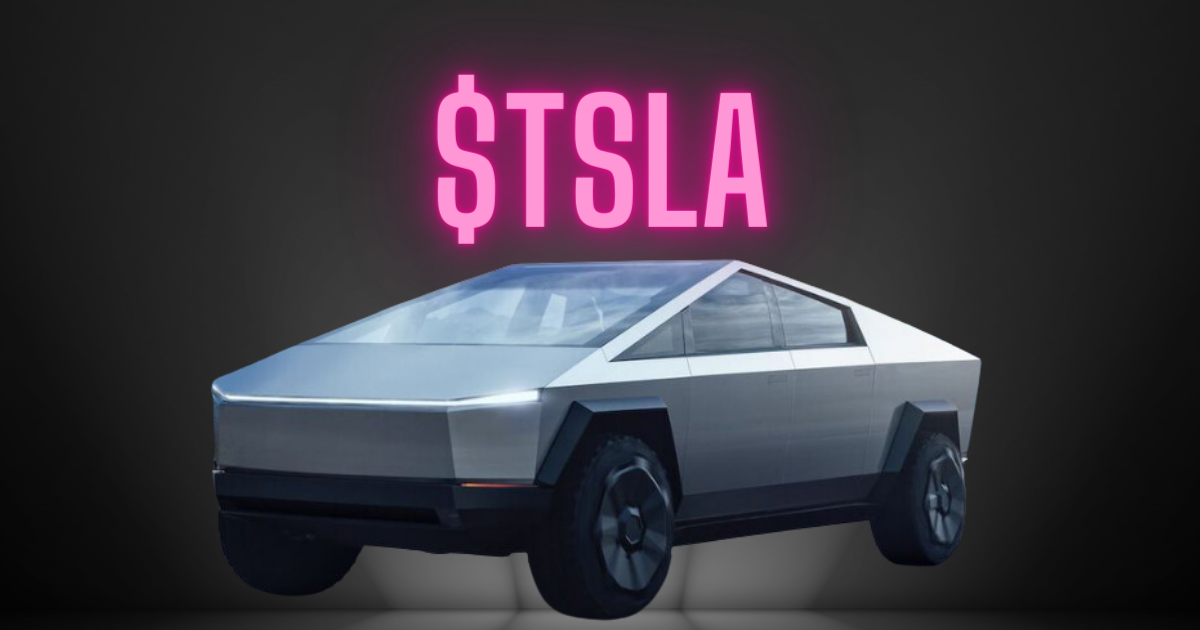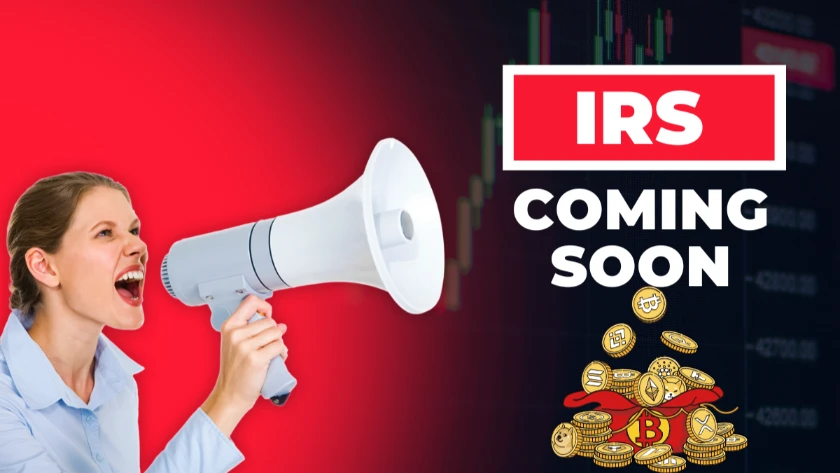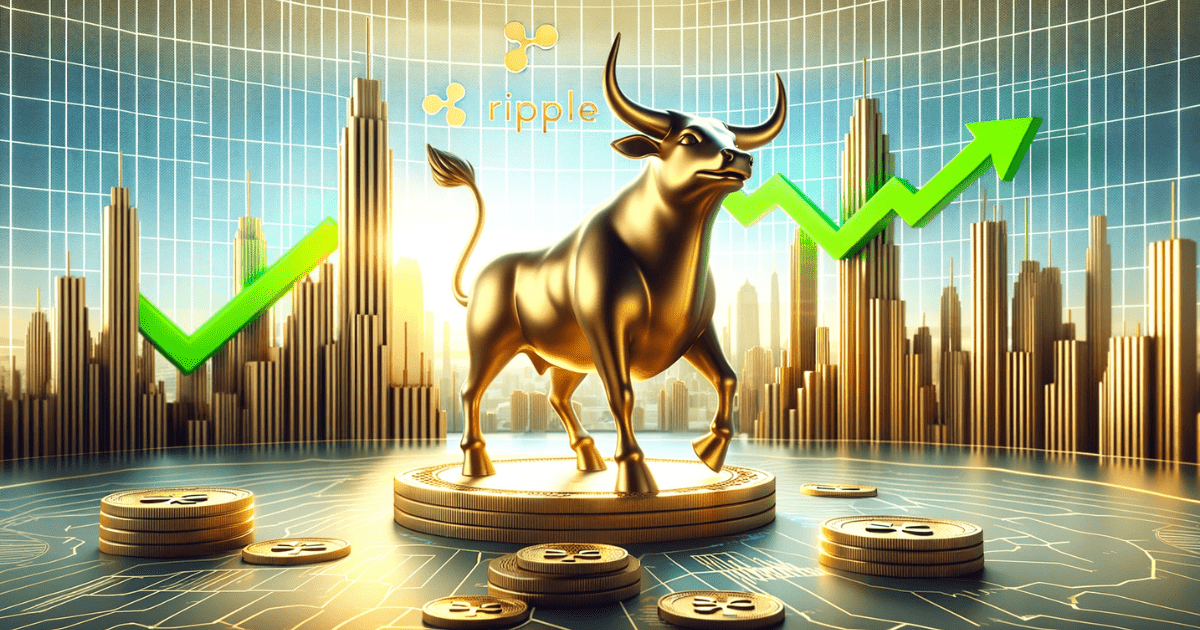Why did the stock market crash in 1929? Will it happen again?

The 1929 stock market crash, an event as dramatic as a Hollywood thriller, yet as tragic as a Shakespearean play, is a pivotal moment in American financial history.
It’s a tale of soaring ambitions and plummeting fortunes, where the American Dream briefly turned into a nightmare. Let’s dive into this financial fiasco, unraveling its causes with a mix of wit and wisdom.
SEE ALSO: A history of the stock market in election years
Why did the stock market crash in 1929 – Catalysts
First off, let’s set the stage: the Roaring Twenties. Picture Gatsby-esque lavishness, jazz, and a general air of ‘money grows on trees’.
The economy was booming, and the stock market was the glittering jewel atop this economic crown.
Everyone, from tycoons to the average Joe, was eager to get a piece of the Wall Street pie.
This led to what we now call ‘speculation’ – investing with the hope of making a quick buck, often ignoring the risks.
Now, speculation is like a party where everyone thinks they’re the best dancer until the music stops.
Margin trading nightmares
In the late 1920s, stocks were overvalued, but nobody wanted to admit the party was almost over. People bought stocks on margin, which is essentially gambling with borrowed money. Remember, do not trade on margin unless you love pain!
It’s like buying a racehorse on credit, betting it’ll win the Kentucky Derby.
Except, in this case, the race was the stock market, and the horses were shares of U.S. Steel and Radio Corporation of America.
Then came the first signs of trouble.
By mid-1929, some began to sober up and realize that stocks couldn’t keep going up forever. Wallstreetbets, anyone?
Traders, this is INSANE! $SPY Now up $45 in 16 days! We have now spiked 8% in the shortest amount of time in the HISTORY of the Stock Market! Now completely overbought, but I guess Stocks Only Go Up? pic.twitter.com/tcx5b0sZjO
— DekmarTrades via TradeCaster (@DekmarTrades) November 20, 2023
London Exchange Plummets, Interest Rates Spike
Industrial production was slowing, and the London Stock Exchange was shaken by its own crisis.
But the real clincher was when the Federal Reserve, playing the role of the responsible adult, decided to raise interest rates.
This move was akin to turning on the lights at a raucous party and announcing the police are on their way.
The tipping point came in late October 1929, known infamously as Black Thursday and Black Tuesday.
These were the days when the stock market didn’t just fall; it plummeted. Investors panicked and sold their stocks like hotcakes at a health convention.
The result? A catastrophic loss of wealth.
The Dow Jones Industrial Average, a barometer of the stock market’s health, lost almost 90% of its value from its peak in 1929 to its bottom in 1932.
Banks were over leveraged
But why did this crash have such far-reaching effects?
Well, the stock market crash didn’t cause the Great Depression, but it was like knocking over the first domino in a long line.
It exposed weaknesses in the economy, like overproduction and poor income distribution.
Banks had invested heavily in the stock market, and when it crashed, they took a hit.
This led to a banking crisis, with people losing their life savings and companies unable to get credit.
The aftermath was a decade of economic hardship and a profound change in how America viewed finance and the economy.
Will it happen again?
In conclusion, the 1929 stock market crash was a cocktail of over-optimism, speculative frenzy, and economic imbalances, garnished with a twist of fate.
It’s a reminder of the perils of irrational exuberance in the stock market.
Sure, there do sound like a lot of similarities to present day, but we wouldn’t bank on it happening in an election year.
And while history doesn’t repeat itself, it often rhymes.
So, as investors, it’s crucial to learn from the past, lest we’re doomed to face the music again – only this time, it might not be jazz.




